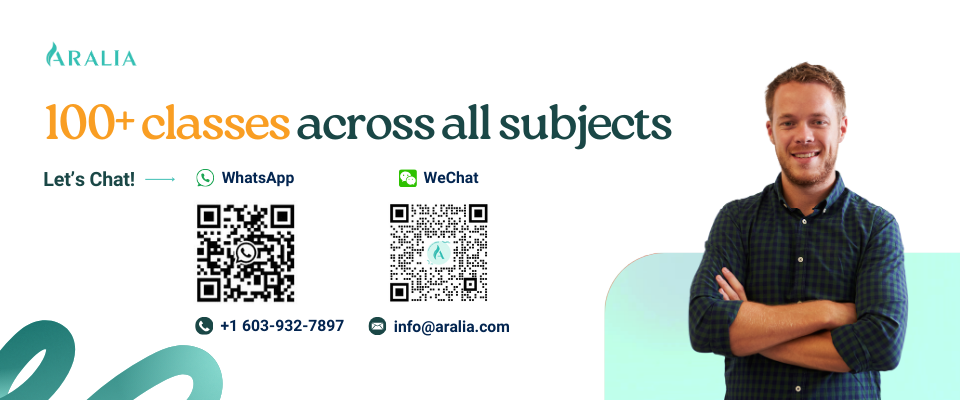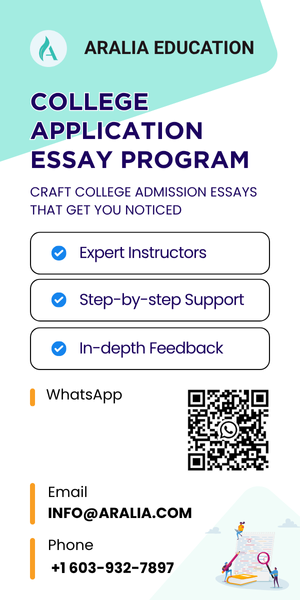From Barriers to Breakthrough
For many high school students, especially girls, the idea of pursuing a career in a STEM field can seem unfamiliar or unattainable. Despite growing interest in technology and science, women remain underrepresented in many technical fields. According to the National Science Foundation (2023), women comprise only 35% of the science and engineering workforce, and in computer and mathematical occupations, they represent just 26%.
But the gap isn’t about talent or interest. A study from Microsoft and KRC Research (2018) shows that girls are just as interested in STEM as boys during early adolescence, but their interest tends to decline by age 15. A major reason is the lack of visible role models and supportive environments. Overall, women comprised 18% of the population working in STEM occupations, which is just three-fifths of the rate of men (Source: NSF).
Thanks to young women who are determined to claim their space in STEM and inspire others along the way, change is underway. In recent years, women-led STEM communities have grown steadily, offering mentorship, learning opportunities, and a genuine sense of belonging. These spaces empower students by fostering collaboration, curiosity, and the confidence to pursue their interests in science and technology.
Build a Strong Foundation in Computer Science
Inspiring Young Leaders in STEM
Across the country and around the world, women-led and student-centered STEM initiatives are being built to make the STEM space more inclusive, innovative, and impactful. From designing apps to address community challenges to launching startups that merge technology with culture, high school and college students are already demonstrating how different perspectives drive new solutions.
Women-led and student-centered STEM communities such as Girls Who Code, Technovation, and Black Girls Code provide the platforms where students can experiment, collaborate, and see themselves as leaders. But it’s the young women themselves who are using those opportunities to transform the tech landscape.
Choosing to explore STEM doesn’t require having all the answers, as it’s about daring to step into new spaces and discover what’s possible. Young women are showing that tech is for anyone with curiosity and a vision for change.
Communities Fueling Change
The rise of women-led movements in STEM is directly linked to the stories of young women who refused to be sidelined.
One notable example is Girls Who Code, founded by Reshma Saujani in 2012. What began as a small program has grown into a national movement that has reached over 500,000 girls through free summer immersion programs, after-school clubs, and college-level initiatives. Girls Who Code focuses on closing the gender gap in technology by giving students practical coding skills and a supportive community of peers and mentors.
Another powerful example is Black Girls Code, founded by Kimberly Bryant in 2011. Bryant, an electrical engineer, was inspired to create the organization after noticing her daughter’s isolation in a computer programming camp. Today, Black Girls Code offers workshops and tech camps in cities across the United States. Their mission is to introduce one million girls of color to computer science by 2040, and their alumni often speak about how the program helped them feel seen, valued, and inspired to pursue careers in STEM.
Inspiring Stories: From Student to STEM Leader
Diana Kris Navarro: From Student to Software Engineer at Adobe, Qualcomm, and Tumblr
Diana Navarro joined the first Girls Who Code summer immersion program almost by accident. One of her early experiences in high school had left her discouraged after struggling in an AP Computer Science class where she was one of only three girls. But after attending the Girls Who Code program, she realized coding felt different: welcoming, purposeful, and full of potential. Following that experience, she pursued a STEM degree and went on to work as an infrastructure engineer at Tumblr, Adobe, and Qualcomm. (Forbes)
Ritika Shamdasani, a Girls Who Code alumna, has now found her success with a fashion brand
Ritika Shamdasani, co-founder of Sani, an ethically made South Asian fashion brand, was part of a Girls Who Code club in high school. She credits the program with helping her build confidence in problem-solving and entrepreneurship, skills that later became foundational to her business. In an interview, Shamdasani said that learning to code taught her to “break down problems” and approach challenges methodically.
Beyond STEM: Women-Owned Businesses Driving Change
The influence of young women in STEM often extends into the world of entrepreneurship. By combining technical knowledge with creativity and business acumen, women are building companies that transform the way we live and think.
An outstanding example is Allison Ellsworth, the co-founder of Poppi, who transformed a homemade recipe into a prebiotic soda brand that went from appearing on Shark Tank to achieving nationwide success. Allison applied her knowledge of science and innovation to create a healthy soda, showing how STEM can intersect with health, wellness, and consumer products.
Whitney Wolfe Herd, who studied international relations but leaned on her understanding of technology and design, created Bumble, the female-first dating app that disrupted the tech industry and later went public with her as the youngest female CEO to take a company IPO.
These examples demonstrate how women are not only shaping the future of STEM directly but also utilizing STEM skills as a springboard to launch purpose-driven businesses that challenge existing industries and create new opportunities for others.
Aralia Students Are 3x More Likely to Place Top Computer Science Competitions
Why Is High School the Foundation for Success in STEM Careers?
High school is a turning point where students make decisions about their futures. For girls, entering a male-dominated field like tech can feel intimidating. But when they see peers and mentors thriving, it becomes easier to imagine themselves leading, innovating, and succeeding.
When students see successful women who have walked the path before them, it becomes easier to imagine themselves thriving in STEM as well. Women-led communities help students develop technical skills, build professional networks, and gain the confidence to tackle new challenges.
For high school students exploring summer programs or after-school opportunities, joining a women-led STEM community can be a decisive step. It can lead to internships, scholarships, leadership opportunities, and a deeper belief in their own potential. Read on about STEM programs for girls.
Where to Start
If you’re a student, parent, or educator looking to get involved, here are a few places to begin:
- Girls Who Code: Offers free summer immersion programs, college loops, and after-school clubs for students across the United States.
- Black Girls Code: Hosts tech workshops and community events in major cities with a focus on empowering girls of color.
- TechGirlz: Offers free tech workshops for middle school girls led by volunteers, helping students explore topics such as cybersecurity, robotics, and web design.
- NCWIT Aspirations in Computing: Recognizes and supports young women interested in computing through awards, scholarships, and a national peer community.
From coding to confidence, these organizations are reshaping what it means to belong in STEM. Every student deserves to feel inspired, supported, and excited about the future, and women-led communities are making that possible.
Take ACSL Competition Preparation with Aralia
At Aralia, the ACSL Competition Prep program helps students build the skills and confidence needed to excel in the American Computer Science League. The course includes two weeks of foundational programming followed by focused sessions on all 12 ACSL topics, with off-topic problems before each contest to boost problem-solving skills. Taught by a former Computer Science teacher and an award-winning ACSL coach, the program offers expert instruction and proven mentorship to help students strengthen their problem-solving abilities and prepare them for success.

ACSL Competition Prep
The program begins with two weeks of dedicated programming practice to provide participants with an opportunity to enhance their skills. Subsequently, each of the 12 ACSL topics is allocated a two-week period, allowing ample time for in-depth exploration and understanding. Prior to each contest, participants are presented with two programming problems that are intentionally unrelated to the current topics. These problems are designed to enhance the coder’s skills and foster comfort in tackling diverse challenges.









